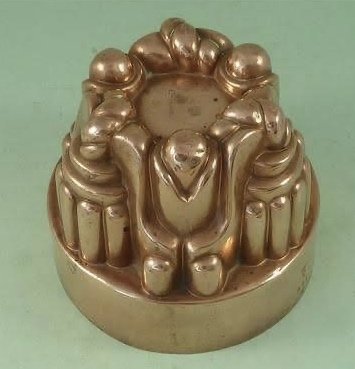 We all know Benham & Froud and the fabulous copper cookware and jelly moulds they made, but the company was known for everything from world famous beetle traps to repairing Winston Churchill’s heating radiators! They made or supplied windows, furniture, refrigerators, boilers, Chinese gongs, roofs, and weather vanes.
We all know Benham & Froud and the fabulous copper cookware and jelly moulds they made, but the company was known for everything from world famous beetle traps to repairing Winston Churchill’s heating radiators! They made or supplied windows, furniture, refrigerators, boilers, Chinese gongs, roofs, and weather vanes.To trace the history we need to go back as far as 1785 when John Kepp founded a company in Chandos Street London where he was a coppersmith and brazier. Here, he started to make the culinary copper that we collect today, but most of the (unmarked) goods are very rare and almost impossible to attribute. Then sometime around 1818 the company was taken over by Richard and Edward Kepp (probably his sons).
The orb and cross mark found on many of Benham & Froud pieces was inspired by the orb and cross on St Paul’s Cathedral. The orb and cross on the top of St Paul’s Cathedral was made by the Kepp brothers while at Chandos street and below is text taken from the St Paul’s Cathedral website.
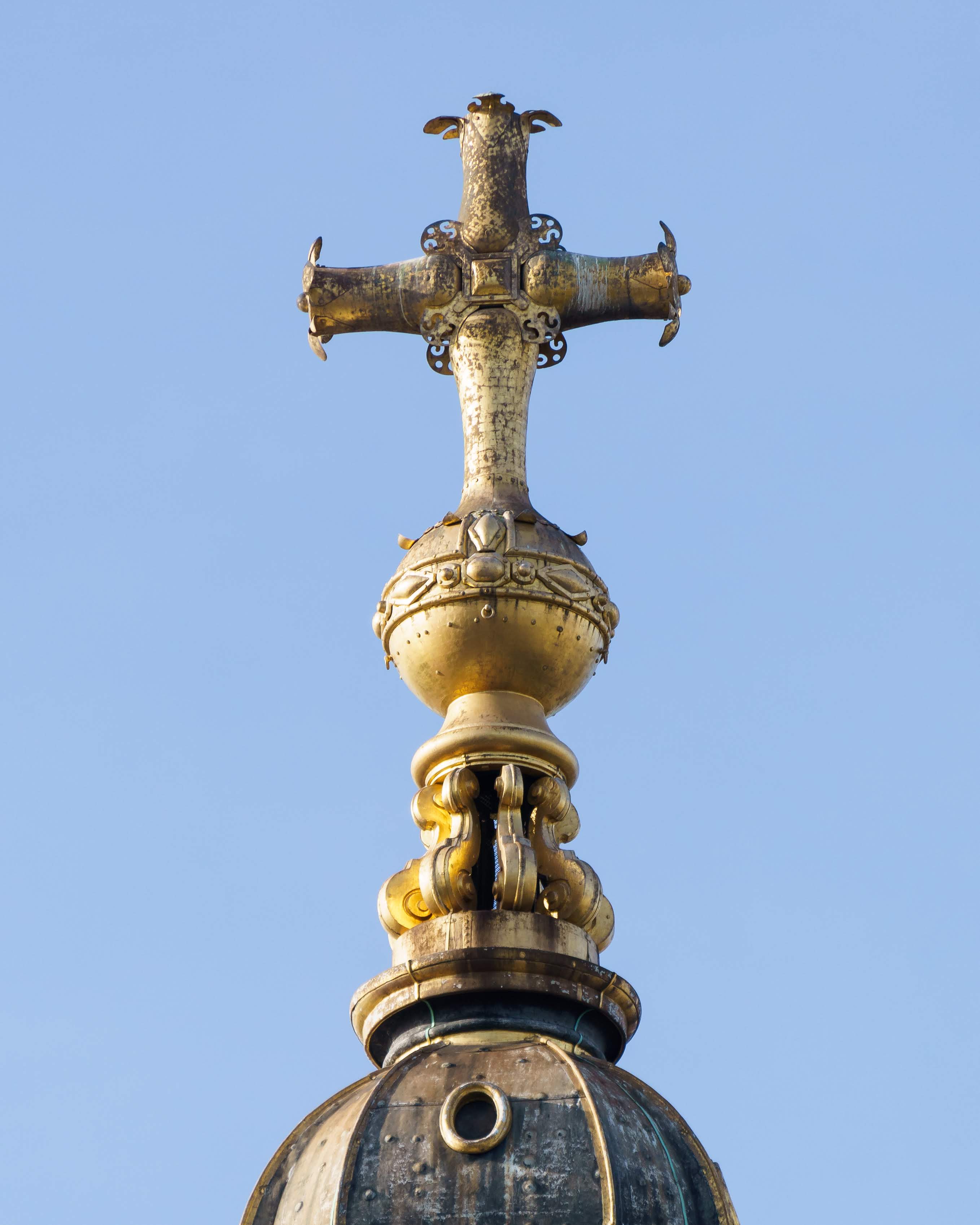 'The original ball and cross were erected by Andrew Niblett, Citizen and Armourer of London, in 1708. They were replaced by a new ball and cross in 1821 designed by the Surveyor to the Fabric, CR Cockerell and executed by R and E Kepp. The ball and cross stand at 23 feet high and weigh approximately 7 tonnes. For safety reasons visitors are no longer admitted to the interior of the ball.'
'The original ball and cross were erected by Andrew Niblett, Citizen and Armourer of London, in 1708. They were replaced by a new ball and cross in 1821 designed by the Surveyor to the Fabric, CR Cockerell and executed by R and E Kepp. The ball and cross stand at 23 feet high and weigh approximately 7 tonnes. For safety reasons visitors are no longer admitted to the interior of the ball.'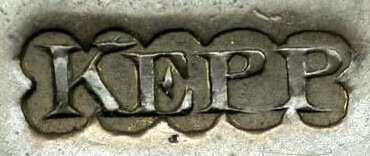
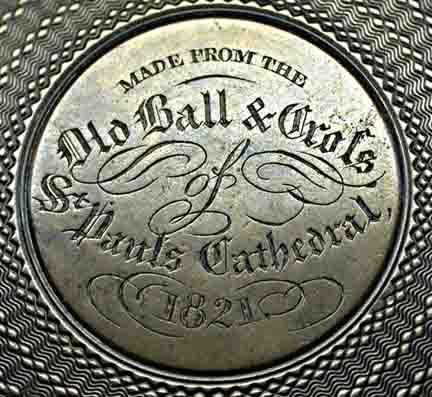 This 'Kepp' mark was seen on the underside of a souvenir circular box made from the copper of the original ball and cross from St. Paul's Cathedral.
This 'Kepp' mark was seen on the underside of a souvenir circular box made from the copper of the original ball and cross from St. Paul's Cathedral.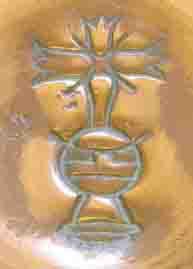
Benham & Froud or more accurately the Kepp brothers did make this but it was probably not used as a trade mark for the company until 1855 when the Kepp era ended and the company became known as Benham & Froud. The parties involved were Augustus Benham and Joseph William Froud. They continued to make the same range of items but expanded the lines. At this time they did exhibit their works in Paris at a large exhibition and in London in 1862. In the mid 1860s the company became Benham and Froud and became a limited company in 1885. At this time the directors were Herbert Augustus Benham, Joseph Froud, and 4 others but no other Benhams or Frouds. This company traded successfully until 1906 when it was dissolved and reformed, as Herbert Benham & Co. Herbert was a director at Benham & Froud. At this time the company moved to temporary offices in Willesden Junction and in 1908 moved to Great Marlborough Mews, where they were known as Herbert Benham & Son. In 1920 they moved to 4 Ramillies Place and the trail goes cold in 1924.
From 1855 to 1924 the orb & cross was used as the trademark of Benham & Froud but there has been another mark, that of a belt or garter with Benham & Sons Wigmore Street London W. There has been some speculation that this mark was for a company that was not related to our main concern of Benham & Froud. From the company records of Benham & Sons Ltd of Wigmore Street London, it can be found that the company was formed in the 1870s but became Limited in1892. Apart from the similar names, there seems to be no connection to Benham & Froud. The directors of Benham & Froud are listed above whilst the directors of Benham & Sons Ltd, are:
Fredrick Lucas Benham, Percy Benham, Walter Benham, Arthur Benham, Samuel Lithgow, B Chandler
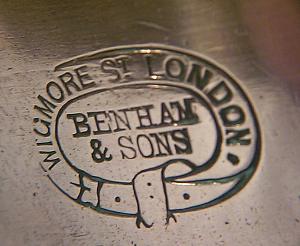
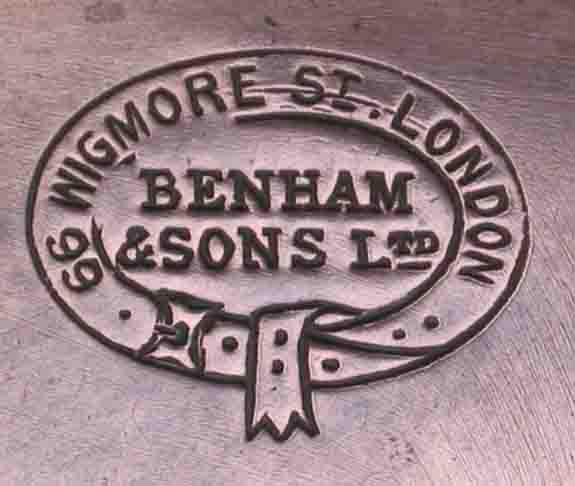
This company and its works in Wigmore Street did make very similar products to Benham & Froud and the quality was of a comparable standard. Whilst a trade catalogue for this company has yet to be found, it is unlikely they made any moulds. If there were any moulds with this mark these would most certainly have been bought from Benham & Froud. The company finally closed in 1907. Until evidence is found to tie the companies together it must be assumed the two companies were not connected.
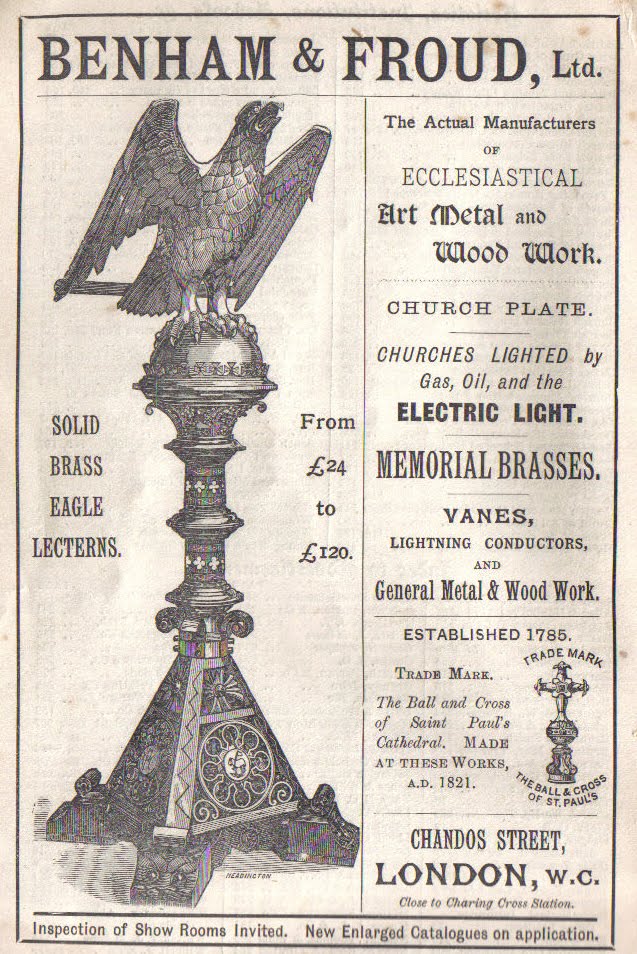
What did Benham & Froud make? The brazerie in Chandos street was a very busy place and they made a wide range of goods, but they could not and did not make everything they sold. Copies of catalogues from Gaillard of Paris showing their range of moulds and examples of these are seen with the Benham & Froud orb and cross mark. This suggests Benham & Froud contracted out the making of moulds to Sykes of Sheffield. Sykes were big coppersmiths that made items to do with the military & guns. After the production of copper powder flasks ended after the issue of cartridges for rifles and not muzzle loaders, there was an excess of skilled labour in the north east of England and it is therefore likely that Sykes made moulds not only for Benham & Froud but all the Ironmongers around Britain. We do see moulds and pots and pans etc. with a number of marks on, the orb & cross and maybe Jones or Adams. This is because Benham & Froud or Sykes supplied these companies as well. So as well as making their own goods, Benham & Froud did buy in some goods and supply other ironmongers.
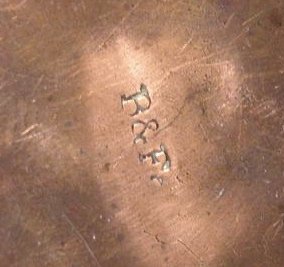
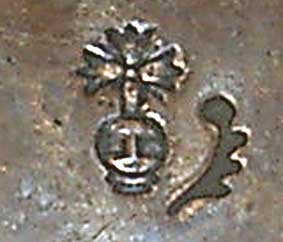
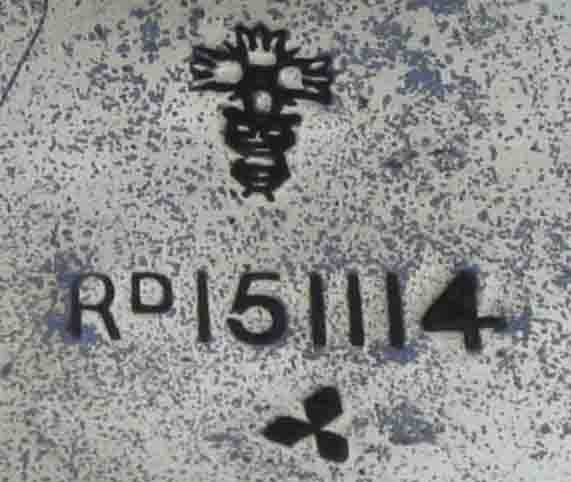
Benham & Froud pieces often come with another mark These marks may be workshop identity marks.
Benham & Froud were a very fine maker of all things but especially copper cookware and moulds. It would be impossible to try and list or show all of the pieces that Benham & Froud made but below is a selection of the Benham & Froud marked pieces.
Benham & Froud supplied a number of famous people or institutions but a few are, Queen Victoria, Scott of the Antarctic, Winston Churchill, Harrods and the reform club. It would also be useful to mention that Christopher Dresser (1834-1904) did design for the company between 1873-1893.
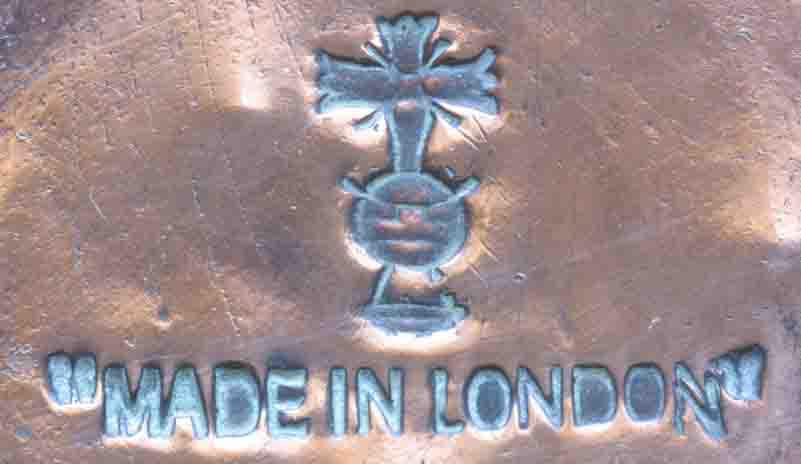
<
